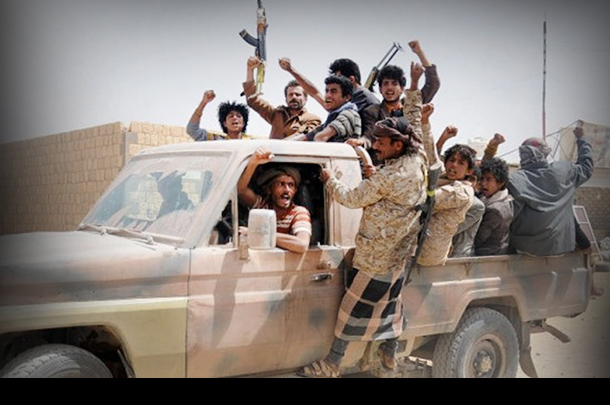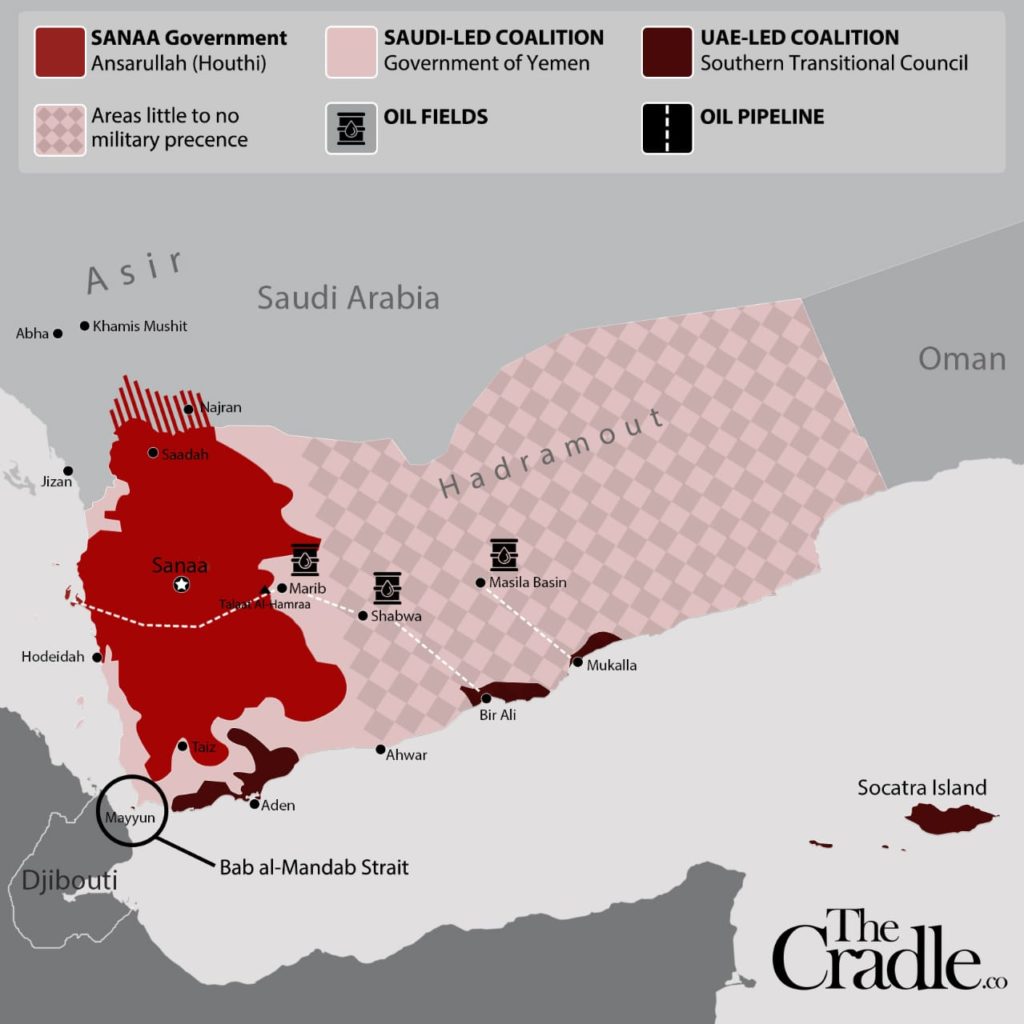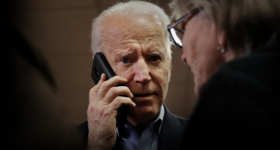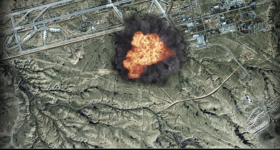
Marib is the capital city of the Marib Governorate, Yemen, and is located some 120 kilometres east of Yemen’s modern capital, Sanaa. As the capital of the ancient kingdom of Saba, Marib symbolises Yemen’s long and proud history as a cradle of civilisation in the Arabian Peninsula. It also happens to be at the crossroads of the most strategic corridor in the war on Yemen, waged by neighbour Saudi Arabia and its military partners the US, UK, and UAE.
This week it’s been reported that Yemeni’s Ansarallah (aka Houthi) forces are near to securing the Hodeidah Airport roundabout along with dozens of other key strategic sites, prompting Saudi coalition forces to withdraw from previous occupied positions across southern and central Yemen.
It is now clear from the withdrawal of multiple forces, that the Saudi coalition is preparing to relinquish its ground advantage held over the last 3 years. Will this take the conflict into a new phase where Yemeni forces liberate previously occupied areas and ultimately oust the Saudi-led invasion of their country, or will it revert to a protracted Saudi-led bombing campaign along with US-lead economic sanctions – designed to punish Yemen over the coming years?
Whichever the case, it seems that this nearly 6 year conflict is about to take a major turn.
Karim Shami from The Cradle reports…
Why Marib’s liberation will break the Saudis and shake West Asia
.
Marib, the ancient capital of Sheba, referred to in both the Bible and the Holy Quran as a wealthy and wise kingdom, once ruled across the entire southern Arabian peninsula.
Today, Marib has risen again, this time as the final stronghold of Yemen’s latest invaders, now in panicked retreat after a six-year battle that has depleted their coffers and exhausted their forces.
This war was announced from Washington on 26 March 2015 and led by Saudi Arabia in support of the overthrown government of Abdrabbuh Mansour Hadi, a regime that had already lost the capital city of Sanaa to Yemen’s Ansarallah (Houthis) movement a few months prior.
A coalition of 10 countries, including pack leaders Saudi Arabia and the UAE, was formed to force the return of his highly unpopular government. The name Operation Decisive Storm was chosen and the air strikes began.
Ansarallah were assessed as being weak and the operation was expected to last no more than a few weeks or months, at the most.
Instead, Ansarallah prevailed, forcing its Saudi and Emirati foes to insert ground troops into the expanding quagmire and divide their roles in Yemen.
Today, the UAE is present mainly in the country’s south controlling its strategic ports and islands, while the Saudis remain in the north, along their extensive northern border with Yemen, in the east, where the province of Marib and its rich oil and gas fields are located, and in the west, in the coastal city of Hodeidah.

For Yemenis, the importance of Marib is not limited to its oil and gas fields, but also for its ancient culture, its inclusion in the holy Quran, and its significant historical sites and water engineering feats, such as the ancient Marib dam built around the 8th century BC. A new dam, the country’s largest, was later built near the cherished ruins of the old one.
Saudi Arabia acknowledged Marib’s importance by making it the stronghold for its war operations, building military bases and bribing local tribes to fight alongside the coalition. Most of Riyadh’s military and intelligence operations – excluding air strikes – were launched from Marib against the northern Houthi-controlled Sanaa city and province…
Continue this analysis and story at The Cradle
READ MORE YEMEN NEWS AT: 21st Century Wire Yemen Files
PLEASE HELP SUPPORT OUR INDEPENDENT MEDIA PLATFORM HERE














